Harvesting edamame bean plants (Full grown edamame plant) – Grow edamame bean plants from seed
Grow edamame bean plants in the ground cultivation. The edamame I’ve grown from seeds is now ready for harvest. This is the second year of cultivating edamame. Edamame is the immature pod of the soybean plant. (Edamame is a green soybeans.)
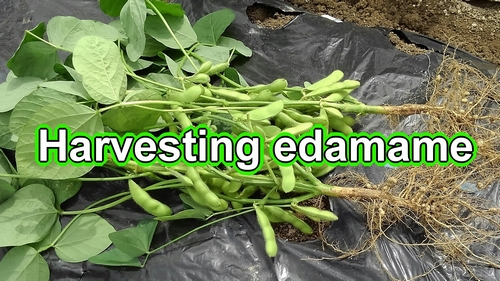
Edamame bean plant is delicious when boiled, with a sweet and savory taste. Edamame can grow relatively well even in lean soil, and it’s a beginner-friendly vegetable as it’s relatively easy to cultivate. After eating homegrown edamame, I’m sure you’ll want to cultivate them every year.
Edamame growing guide (Grow edamame from seed to harvest)
Edamame beans how to grow? The first step in growing edamame is soil preparation. This year, I added compost for soil preparation. Since it’s pesticide-free and organically grown edamame, the fertilizer used is fully ripened cattle manure compost. Compost contains some nutrients, but I add it more for soil improvement than as a fertilizer. (To create a fluffy soil for easy edamame growth.)
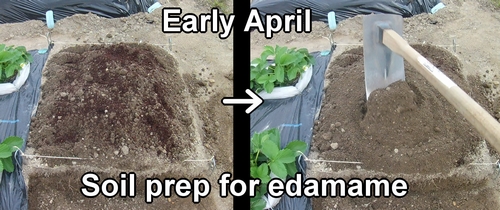
Edamame bean plant has the characteristic of bearing fewer pods with excessive fertilizer, so I don’t add any. After adding only cattle manure compost, plow and create bed, and the soil preparation for edamame is complete.
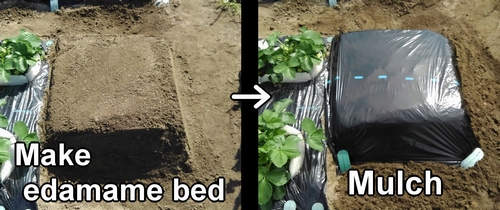
The seeding time for edamame bean plant was late April. It may vary slightly from year to year, but I always sow the edamame seeds around this time. (Mid April to early May is the suitable time for sowing edamame seeds.)
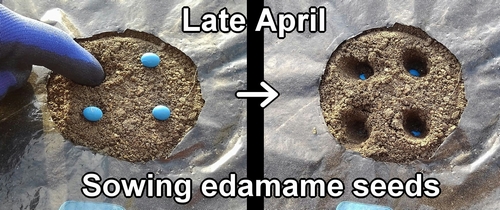
After some time from germination, we perform thinning and ridging for edamame bean plants. This year’s edamame underwent thinning and ridging in mid May. For thinning, we left two edamame plants per hole.
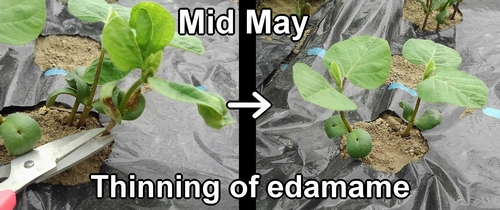
Ridging is piling soil around the base of edamame bean plants. Ridging edamame helps prevent lodging and encourages roots to grow from the buried stem. (With increased roots, the edamame develops a strong root system.)
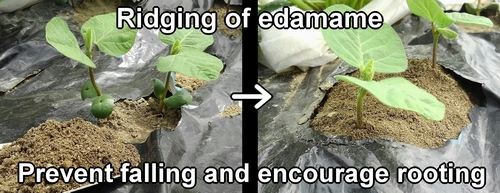
Edamame needs water after flowering. (When the soil dries out, edamame tends to have poor pod formation.) Since the edamame flowers began to bloom around early June, we started watering them actively from that time.
I haven’t counted the exact frequency of watering, but on average, I think we watered them every 2 to 3 days.
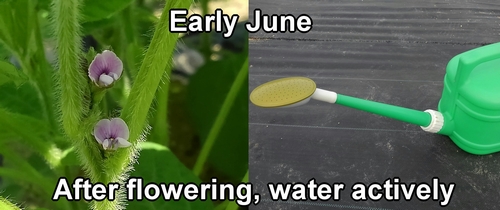
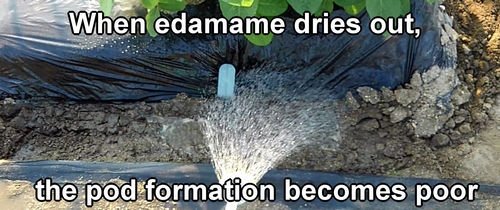
Harvesting edamame beans (Harvest full grown edamame plant)
The harvest time for edamame bean plant is determined by observing the pods. If about 70% of the pods on the entire plant are large and swollen, it’s time to harvest those edamame.
The harvesting method for edamame bean plant is by the plant. Harvest by pulling them out from the base. If they don’t come out easily, loosen the soil with a shovel.
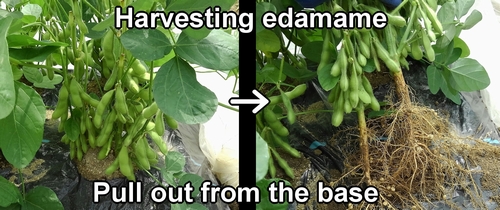
Being able to harvest edamame with the branches attached is unique to home gardens. Experiencing a sense of achievement during the harvest season is one of the joys of growing edamame bean plants.
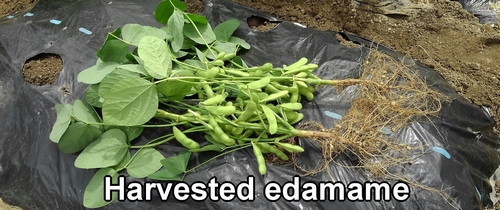
Edamame loses freshness quickly and doesn’t store well, so I make it a point to harvest only the amount we will eat on that day. The true pleasure of growing edamame is being able to enjoy them freshly picked. I plan to harvest the remaining edamame on another day and look forward to enjoying them later.
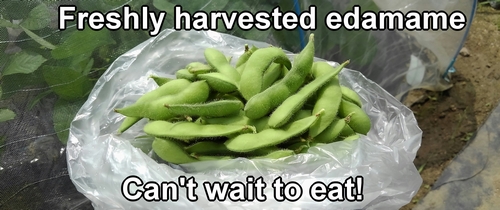
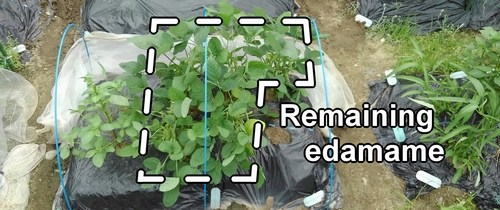
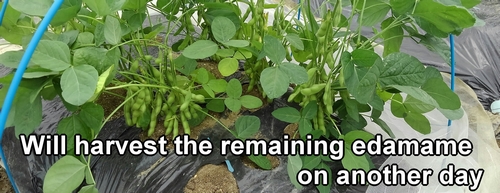
How to boil edamame bean plants (How to eat green soybeans)
Edamame starts losing its flavor rapidly right after harvest, so freshness is crucial for enjoying its delicious taste. Being able to enjoy the rich flavor of edamame is a unique pleasure of home gardening, so I highly recommend giving it a try.
1. Remove edamame from the branches, wash, and then rub with salt. Salting is done to remove the surface fuzz.
2. After rinsing off the salt used for salting, boil the edamame in 3-4% salted water for 5 minutes. Adding 2 tablespoons of salt to 1 liter (1 quote) of water will create a saltwater solution with a concentration of about 3-4%.
Place edamame in boiling water. The boiling time of 5 minutes is to be maintained while the water is boiling.
3. After 5 minutes, lift and drain in a colander, then cool under running water. This completes the boiled and salted edamame.
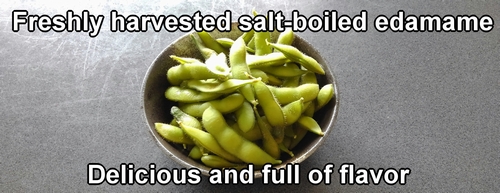
Following is the video for how-to. English subtitles are available.
















Discussion
New Comments
No comments yet. Be the first one!